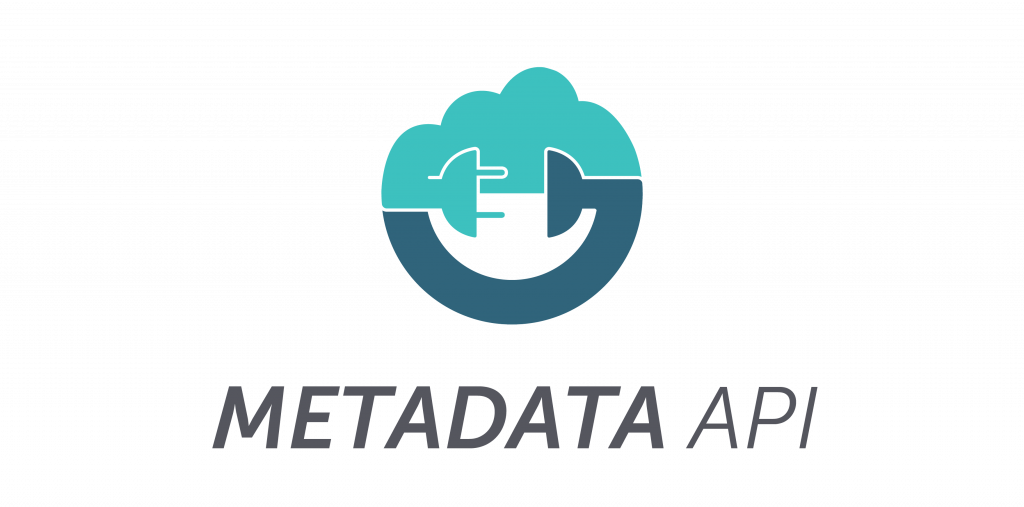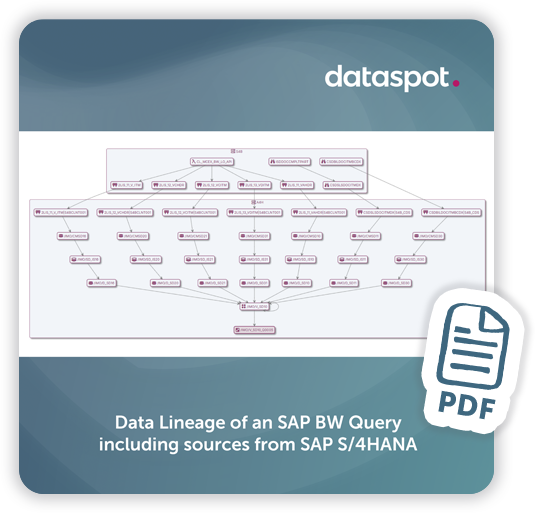SAP Analytics
& Data Cataloging
- It's a match!

SAP Analytics
& Data Cataloging
- It's a match!

Metadata should be part of every Data Catalog
SAP Analytics and Power BI solutions are currently the dominant standard in the business intelligence of many companies – and anyone who works with them knows that the data models are highly complex and non-transparent. The business is therefore dependent on IT to answer questions – data democracy and self-service BI remain buzzwords that cannot be put into practice.
The solution is obvious: Metadata insights deliver context and should be considered in any Data Catalog so that Business can independently obtain information about detailed definitions and relationships of Analytics metadata. Without bothering IT, end users could answer the following questions on their own:
- How is this key figure calculated?
- What are the data sources?
- How is the data transformed as it passes through the data model?
As a company with 15 years of expertise in SAP metadata, this sounded like a mission for us – and we accomplished it:
Our API supplies your Data Catalog with Analytics Metadata
Successfully integrated into the data catalogs of our partners dataspot., Synabi, Alex Solutions, Zeenea and One Data, the API now reliably provides end users with detailed information on their SAP analytics and Power BI landscape.
The key here is to prepare and visualize metadata in a way that is comprehensible for non-IT users, too: Graphically and across systems. This way, it is easy to understand where the data comes from and how it is updated.
Supported Solutions:
- SAP BW and BW/4HANA
- SAP ECC, SAP ERP and SAP S/4HANA
- SAP HANA
- SAP Analytics Cloud (SAC)
- SAP Datasphere
- ABAP Relations (Scan of the complete ABAP Code of a System)
- Power BI Cloud
Want to know the technical details?
Our MetadataAPI connects to your SAP and Power BI systems and then provides your Data Catalog with an XML file containing all object information and dependencies.
It focuses on metadata that is created in the course of data analytics. The file can be consumed and visualized by your Data Catalog. This allows users to understand the data model through graphical data flows and data lineage at a glance.
If you are interested in more details about the technical connection and requirements, you should check out this site.

